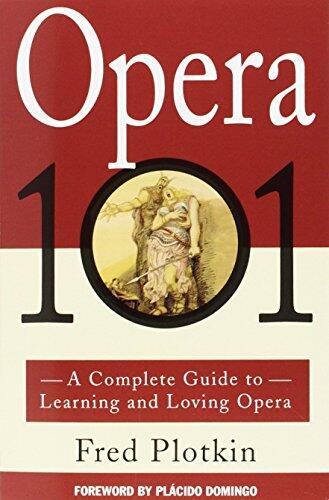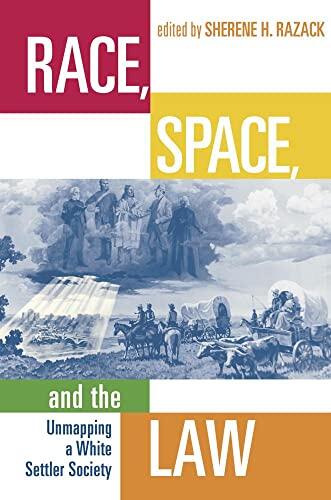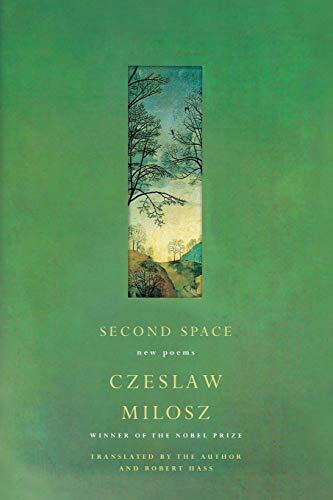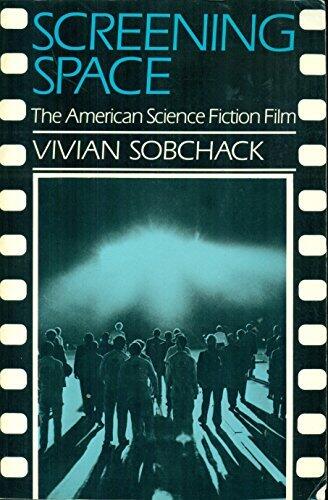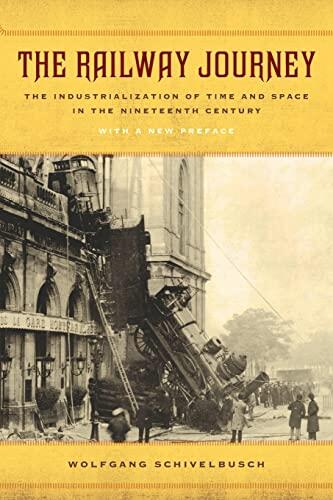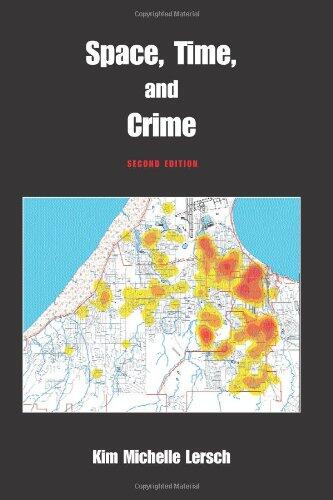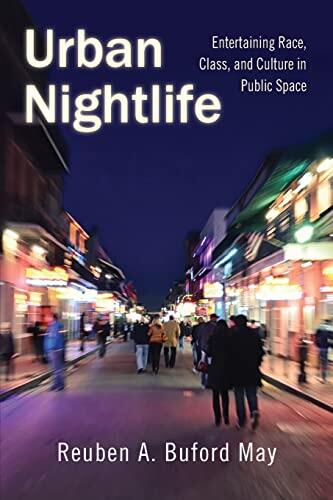
Urban Nightlife: Entertaining Race, Class, and Culture in Public Space
Edition: Illustrated
Language: English
Format: Paperback
ISBN 10: 0813569389
ISBN 13: 9780813569383
Publication date:
September 2nd, 2014
Publisher: Rutgers University Press
Pages: 256
Genres: History
Reuben A. Buford May delves into the complex interplay between race, class, and culture in the vibrant sphere of urban nightlife. Through a sociological lens, he examines how city residents navigate public spaces, exploring the exhilarating yet often contentious dynamics at play. The book captures the essence of nightlife experiences, shedding light on the diverse ways individuals from various backgrounds engage with the urban environment.
By focusing on the rituals, behaviors, and social interactions that define nightlife, May highlights the significance of these experiences in shaping identity and community. Readers are invited into vivid scenes of nightlife, from bustling street corners to trendy clubs, where the boundaries of inclusion and exclusion are continuously contested. His insightful analysis raises important questions about social equity, the commodification of culture, and the roles that race and class play in determining who gets to partake in the city's after-dark experiences.
With a rich tapestry of narratives and observations, this exploration reveals not only the joys and challenges inherent in urban nightlife but also the broader societal implications. The work serves as a critical reminder of how public spaces can reflect and reinforce social hierarchies, offering a nuanced perspective on the connections between leisure, access, and urban life. Through May's eyes, readers gain a deeper understanding of the cultural landscape of nighttime cities and the shared human experiences that emerge within them.
By focusing on the rituals, behaviors, and social interactions that define nightlife, May highlights the significance of these experiences in shaping identity and community. Readers are invited into vivid scenes of nightlife, from bustling street corners to trendy clubs, where the boundaries of inclusion and exclusion are continuously contested. His insightful analysis raises important questions about social equity, the commodification of culture, and the roles that race and class play in determining who gets to partake in the city's after-dark experiences.
With a rich tapestry of narratives and observations, this exploration reveals not only the joys and challenges inherent in urban nightlife but also the broader societal implications. The work serves as a critical reminder of how public spaces can reflect and reinforce social hierarchies, offering a nuanced perspective on the connections between leisure, access, and urban life. Through May's eyes, readers gain a deeper understanding of the cultural landscape of nighttime cities and the shared human experiences that emerge within them.
